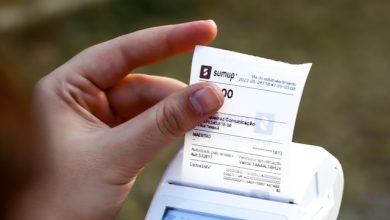4 Types of People Who May Decide to Pursue Debt Settlement

There’s simply no one-size-fits-all solution to debt. What works wonderfully for one person may be challenging — or just a poor fit — for another. This is the case for every debt strategy you can call to mind, including debt settlement. Some people have seen life-changing results from undergoing the settlement process; others have come to realize early on in the research process that they’re better suited to another strategy or have found themselves struggling to stick with the program’s terms after enrolling.
Debt settlement centers around negotiating with creditors to accept a lower payment. Why would they consider making a deal like this? Well, a settlement is usually a resort for people who are already struggling to make minimum payments and falling behind on debts. So, rather than risk receiving nothing if a borrower defaults, creditors may agree to accept a percentage of the original balance. Many consumers decide to work with a debt relief firm to navigate the settlement process.
We’ve analyzed some real Freedom Debt Relief reviews to learn more about the types of people who may decide to pursue debt settlement. Here are four types represented within these reviews.
Consumers Living on Social Security & Disability Benefits
Living on Social Security benefits in retirement or Social Security disability insurance (SSD) due to being unable to work often means staying afloat on a very limited budget. In fact, the average Social Security retirement benefit as of 2019 factors out to about $1,470 per month — or less than $18,000 per year.
If debt starts to creep in, it can be very difficult to come up with the funds to aggressively pay it down on modest benefits. So, it makes sense several reviews directly reference pursuing settlement while on Social Security payments of some kind.
One reviewer recently noted they were able to knock down $16,000 of debt down to $12,000 through a monthly payment affordable on SSD. Another reviewer cited the difficulty of coping with bills while living on Social Security as a reason for deciding to find out more about settlement.
People Experiencing Income Interruption
Getting laid off is an extremely jarring experience — one that often leaves people scrambling to cover living expenses until they find a new position. Such was certainly the case for one settlement enrollee who was laid off just before Thanksgiving and still needed a way to deal with debts.
Qualifying for most settlement programs is contingent upon a few factors: having enough of the right kind of debt (unsecured) and experiencing a hardship like job loss.
People Dealing with Medical-Related Debt
Medical debt is actually the leading contributor of Americans filing for bankruptcy — two-thirds of those who file, to be exact. The costs of healthcare can be steep for insurance policyholders and those without. So, it makes sense that many people who eventually decide to try settlement have gotten into their financial situation in part due to high medical expenses.
Consumers Considering Bankruptcy for Personal Debt
Many people decide to try debt settlement not necessarily as a first choice, but because it can possibly save them from the more expensive and damaging experience of having to file for bankruptcy. It’s generally advisable to avoid bankruptcy unless it’s truly the only option left. Why? Because it will damage your credit for seven to 10 years to come, and can even result in you having to liquidate some of your assets in order to repay lenders.
There’s no one type of person who files for debt settlement; as you can see by these real-life examples, it’s generally an option for people struggling with unsecured debt who are also facing some kind of financial hardship.




